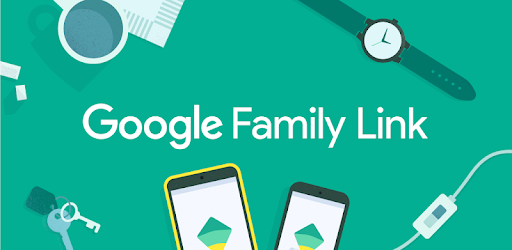It is the eternal debate, should minors have a presence on the internet and social networks? The biggest tech companies have taken a stand on this issue and introduced new security and privacy features. The intention, whether more or less successful, is always to protect younger users.
Since last October, Google allows minors, parents or guardians, to require the removal of images in their search results. This request causes the image not to appear again in the images tab, nor as thumbnails, in any Google search function. The new function is accompanied by other measures, including changes in the advertising shown to minors when they browse the internet. The right to be forgotten began to function at the end of last October.
But there is something that we must take into account and in what Google has placed greater emphasis, a small detail, the photographs will be deleted from the search engine. That is, even if these images disappear from the images tab, they will continue to be present on the web page that hosts them. For example, if we want to remove the photograph of a minor who is on a social network, Google will remove it from the search. The image will continue to be active and public from the social network and other search engines.
At Somos Sinapsis we think that this security measure is only a patch to prevent other users from finding photos of minors. For the moment, it will continue to be necessary for those responsible for the page where the image is located to also take care of the problem by deleting it.
This can be very beneficial for SEO companies that are especially dedicated to online reputation management.

How is image deletion requested?
Next we will know the steps to follow if we want to delete the image of a minor from the Google search engine. As we have commented in the previous section, this request may be made by the minor himself, the parent, guardian or legal representative
- To begin, we will visit the help page of this new policy to find out what information is required to complete the application form.
- Now we can start our removal request using the form in the support links provided by Google.
- Web address of any image that we want to remove.
- Web address of the search results pages that contain the images.
- Search query terms that appear in images.
- Once our request is submitted, Google will search and investigate any added information they need to verify that the requirements for removal are met.
- Finally we will receive a notification once the image has been removed if it meets the requirements.
We have to emphasize once again that removing an image from Google results does not mean that it is removed from the internet. This is why we may want to contact the webmaster of a site to ask them to remove the content as well. For this, Google provides a support page in which it shows the necessary information and specifies the steps to follow.
What exceptions does this new security feature have?
Immediately after submitting the request, Google will examine the images one by one to determine if deleting these images is appropriate. Google stated that in order for them to be eliminated, the person’s face had to be shown and clearly recognizable.
The measure will also be applicable to minors who die before reaching the age of majority. However, Google reserves the right not to delete the images if they believe that they may be of public interest or newsworthy.
In any case, the American giant undertakes to provide the requesting person with information on whether or not to accept said request. In addition, they ensure that they will give all the necessary explanations to clarify the reason why they do not consider it appropriate to delete the photos from the search engine. Likewise, they inform that in exceptional cases in which the public interest is affected, it will be feasible to limit the elimination to queries that include identifying terms. Name of the minor and the names of the parents.

It is not the first time that Google shows interest in offering safe experiences for minors, the Family Link tool was implemented a long time ago. This works as a kind of parental control so that adults can be aware of how their children use the various services on the internet. For the Family Link app, Google warned that there would be much more news to come, such as the option to block certain content such as news or podcasts.
As stated by Google on its website: “We believe this change will help young people have more control over their fingerprint and where their images can be found in search.”

